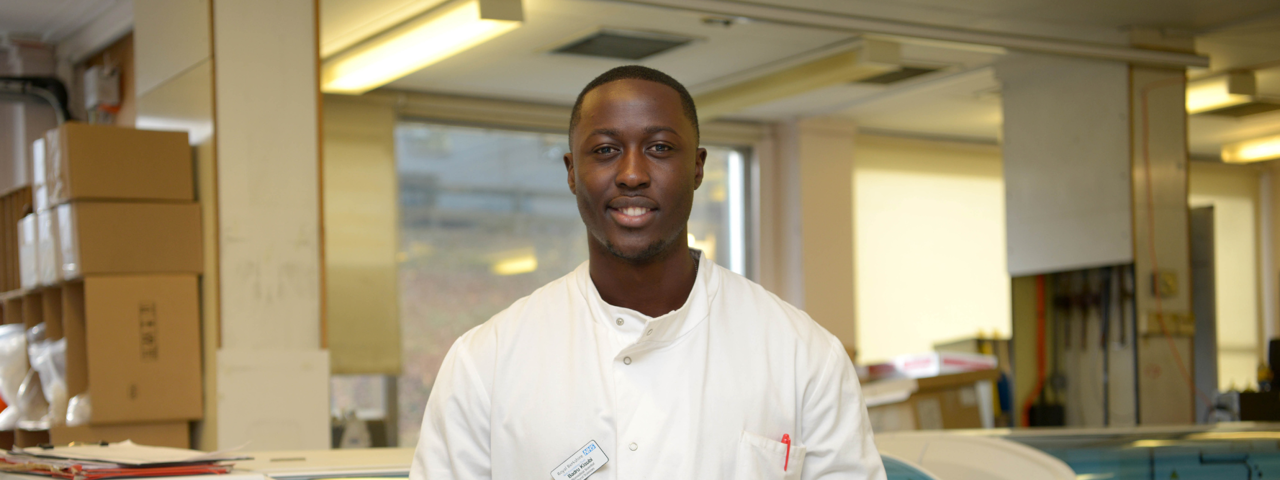Address
Level 2, South Block
Royal Berkshire Hospital
Craven Road
Reading
Berkshire
RG1 5AN
Related locations
Patient information leaflets

Blood Tests
Blood tests have a wide range of uses and are one of the most common types of medical test, and can be used to:
- Assess your general state of health.
- Check if you have an infection
- See how well certain organs, such as the liver and kidneys, are working.
- Screen for certain genetic conditions.
Blood tests are by appointment only. Please note when you book an appointment for the first time you will be asked to register on the booking site.
Book a Blood TestThe healthcare professional who arranges your blood test will tell you whether there are any specific instructions you need to follow before your test.
For example, depending on the type of blood test, you may be asked to:
- Avoid eating or drinking anything, apart from water (fasting) for up to 12 hours.
- Stop taking a certain medication.
- Your Gp can prescribe numbing cream for your child if required; this will need to be applied prior to the appointment.
It's important to follow the instructions you're given, as it may affect the result of the test leading to delay or the need for blood to be taken again.
If you have been fasting we recommend you bring a drink and snack to have after your blood test has been completed.
Most blood tests only take 5-10 minutes to complete and are carried out by a phlebotomist (a specialist in taking blood samples).
The usual place for a sample to be taken is from inside the elbow where the veins are relatively close to the surface.
When taking blood samples from children, their skin may be numbed with a special spray or cream before the sample is taken.
A tight band (tourniquet) is put around your upper arm. This squeezes the arm temporarily, slowing down the flow of blood and causing the vein to swell, making it easier for a sample to be taken.
Before taking the sample, the phlebotomist will clean the area of skin with an antiseptic wipe.
A needle attached to a special container is inserted into the vein to draw out a sample of your blood. You may feel a slight pricking or scratching sensation as the needle goes in, but it shouldn't be painful. If you don't like needles and blood, tell the person who is taking the sample so they can make you more comfortable.
When the sample has been taken, the tourniquet will be released, and the needle will be removed. Pressure is applied to the skin for a few minutes using gauze. A plaster may be put on the area to keep it clean.
Only a small amount of blood is taken during the test so you shouldn't feel any significant after-effects. However, some people feel dizzy and faint during and after the test. If this has happened to you in the past, tell the person carrying out the test so they're aware and can help you feel more comfortable.
After the test, you may have a small bruise where the needle went in. Bruises can be painful, but are usually harmless and fade over the next few days.
After the blood sample has been taken, it will be put into a bottle and labelled with your name and details. It will then be sent to a laboratory where the specified tests will be carried out.
The results are sent back to the consultant or to your GP, results are not available from phlebotomy. Some test results will be ready the same day or a few days later, although others may not be available for a few weeks.
